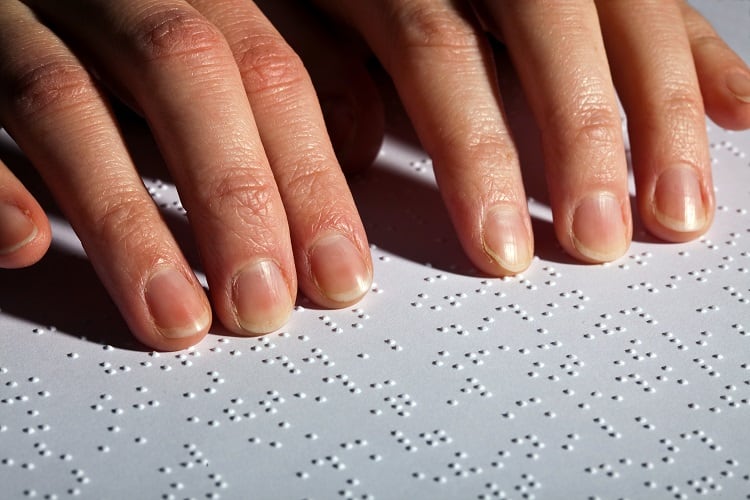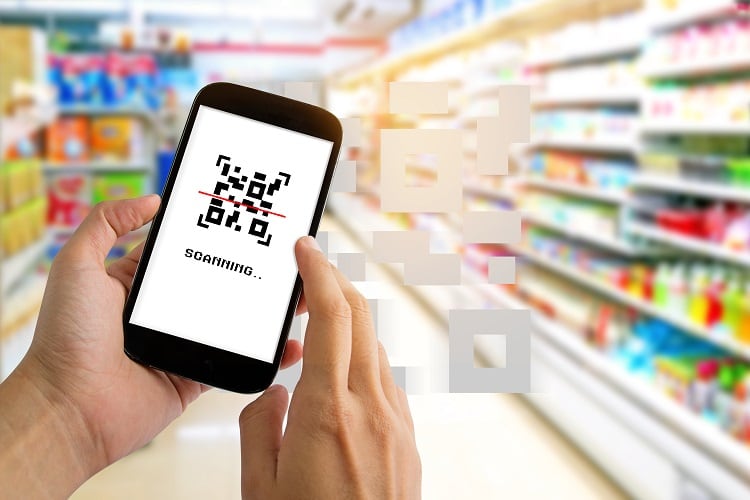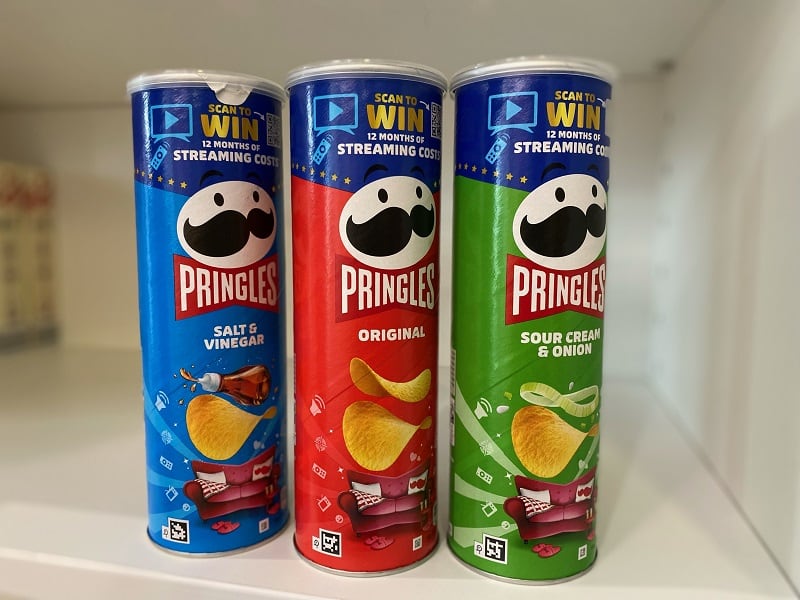For any consumer, it’s important to know what goes into a product, for reasons ranging from health to allergens to religion. But or those who are blind and partially sighted, this is often difficult without having packaging that makes this information accessible.
Some companies have provided solutions. For example, NaviLens has worked with brands such as Pringles and Quorn to provide on-pack QR codes that will read out the ingredients once activated. Roland DG itself can directly print braille as well as QR codes for NaviLens, and plans to work with brands to help provide accessible packaging. However, in the overall packaging landscape, many are still dissatisfied.
In a study of 500 ‘visually impaired’ UK adults, Roland DG found that 81% believe brands should be forced to make packaging that is more accessible to them, and that legislation should be in place to ensure these products are accessible to all. However, 37% felt that brands don’t make the necessary effort to ensure the accessibility of packaging.
This isn’t just a feeling, but has direct consequences. A whopping 74% of respondents picked up a product that they didn’t intend to due to poor packaging guidance, which caused 51% to feel disappointment and meant 39% wasted their money. There were more severe consequences as well, as 31% of respondents picked up something they couldn’t eat due to dietary requirements, and 23% something they were allergic to.
“Blind and partially sighted individuals face challenges with identifying and accessing on-pack information as a result of our visual impairment. Furthermore, packaging that relies heavily on visual cues, such as small or hard-to-read text, complex graphics, or colour-coded information, can create barriers for those with visual impairments,” Marc Powell, head of accessibility innovation at the Royal National Institute of Blind People (RNIB), told FoodNavigator.
“Lack of accessible packaging design can lead to frustration and dissatisfaction among blind and partially sighted consumers.”
A failure of the private sector?
Despite some brands putting effort into making their packaging successful, many, according to Stephen Davis, Marketing Director EMEA and Managing Director for UK & Ireland at Roland DG, fall short of providing the right information, information that could be a matter of life or death to some.
“This could be down to a number of factors, including budgetary and resource restrictions, as businesses continue to stare down the barrel of economic downturn and high inflation,” he told FoodNavigator.

“Many of the larger, global brands and conglomerates are leading the charge when it comes to accessibility, but we are urging smaller and start-up brands to follow suit, but from the beginning of their journeys.”
The reason for such a lack of focus from industry, speculated RNIB’s Powell, could be “due to a lack of awareness, cost considerations, or a focus on visual aesthetics without considering the diverse needs of consumers.
“As awareness grows and regulations evolve, there is an increasing recognition of the importance of inclusive design, prompting the industry to address accessibility concerns. Advancements in technology have enabled consumers to access to product information in an intuitive way.”
Whatever the reason, it has the potential to put consumers at risk, not only of disappointment but in some cases having the potential to threaten their lives.
Saving lives
A lack of accessible information has the potential to be life-threatening for those with severe allergies. It “is dependent on the individual and their levels of intolerance and/or the severity of their allergy. But food allergies have significantly increased over recent years and we simply cannot ignore this and the threat to life it can bring,” Roland DG's Davis told us.
Allergy, according to the European Academy of Allergy and Clinical Immunology (EAACI), is the most common form of chronic disease in Europe.
“And we can’t say we are surprised. There has been a fivefold increase in peanut allergies alone since the nineties, yet peanuts are still a common ingredient used in many food products,” he added.
“This means it is more important than ever for brands to ensure vital information on packaging is accessible for those with sight loss.”
“Unclear packaging poses a significant danger to individuals with food allergies who are blind or partially sighted. Inadequate allergen information or difficulty in identifying allergen warnings can lead to accidental ingestion of allergens, potentially resulting in severe health consequences,” added RNIB’s Powell.
“Blind and partially sighted consumers are by very nature, disproportionally disadvantaged from accessing this allergen information despite new laws in place to remedy this. Accessible packaging is crucial to ensure that individuals with food allergies can easily and accurately identify ingredients and allergen information.”
Solutions
Both Roland DG and RNIB aim to raise awareness of the problems faced by blind and partially sighted people around packaging. Roland DG aims to lend its printing knowledge to small businesses and start-ups to make it easier for them to make their packaging accessible. RNIB has also collaborated with companies to make their packaging more accessible.
Technology is one of the most important aspects of accessibility. “The use of optical based technologies such as NaviLens and Zap Vision are re-addressing the imbalance of the experience of consumers, blind and partially sighted people are now able to identify and access on pack product information in an efficient and equitable way using their smart phones,” Powell told us. Zap Vision, similar to NaviLens, using a QR code to help consumers access important on-pack information.
“This successful industry disruption has extended the topic of ‘accessible packaging’ to include the needs of blind and partially sighted consumers in industry conversations. Technology advances in ‘wearables’ and the exponential growth and access to AI and machine learning solutions, are only going to scale the benefit and intuitive nature of identifying and accessing product information to wider consumer groups.”




